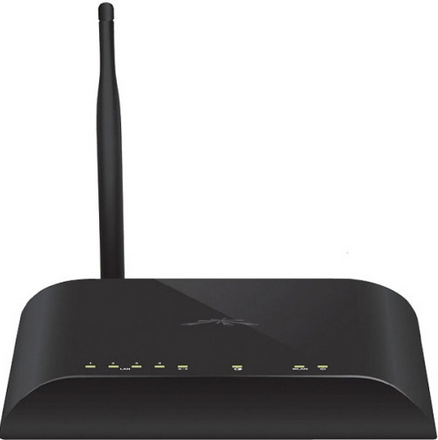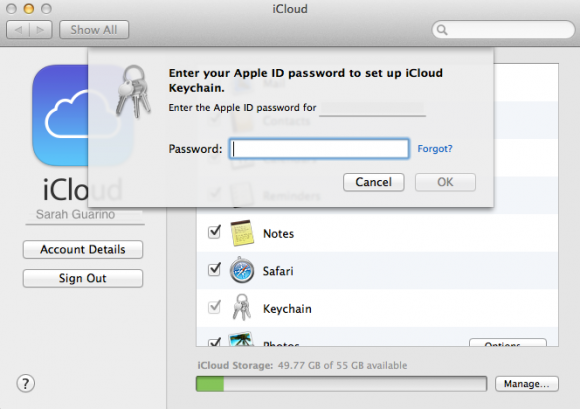The Internet is a fantastic resource for researching the reputation of companies with which you may wish to do business. Unfortunately, this same ease-of-use can lull the unwary into falling for marketing scams originally perfected by spammers: Namely, fake reviews and dodgy search engine manipulation techniques that seek to drown out legitimate, negative reviews in a sea of glowing but fake endorsements.
Perhaps the most common example of this can be found among companies that offer moving and storage services, an industry that consistently ranks in the top 10 across the United States for consumer fraud complaints.
Trust your family heirlooms and other belongings to a moving company without scratching beneath the surface of that glowing review online and at best you could end up paying way more than the agreed-upon price once the company has all of your possessions loaded onto the truck. In most cases, the consumer horror stories about moves-gone-bad also include tales of massive damage to the customer’s stuff — if indeed the customer’s stuff ever arrives.
Even people who are steeped in the ways of the Interwebs can get bamboozled by slick search engine manipulation tricks. Last month I heard from David Matusiak, a longtime reader and information security professional who hired a Florida-based moving company that got five-star reviews from dozens of sites. Unfortunately for Matusiak, many of those “review” sites appear to have been set up and maintained by the people behind the company he hired.
Based in Morrisville, NC, Matusiak had just landed a job in California that wanted him to start right away. So after a couple of hours of reading reviews online for a reputable moving company, Matusiak settled on Full Service Van Lines based in Coconut Creek, Fla. Now, more than 30 days after his truckload of belongings left his home on the East Coast, Matusiak is still waiting for his stuff to arrive in California.
HUGE RED FLAGS
Matusiak said he read page after page of glowing reviews about Full Service Van Lines. Little did he know, the same email address used to register fullservicevanlines.com was used to register many of those “review” Web sites, which naturally list Full Service at the top of their supposed consumer rankings.
Interestingly, if you conduct a simple Google search on Full Service Van Lines, you’ll notice the top review sites — Google and Yelp — have two types of reviews for this company: Very positive and extremely negative, and not much in between. Continue reading















